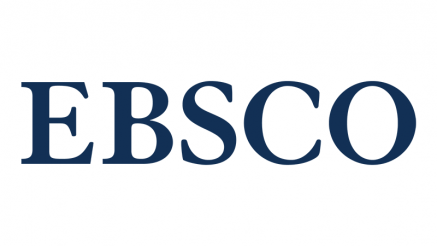Treatment of textile waste water by membrane bioreactor
Abstract
AbstractThe principal objectives of the wastewater treatment are: high efficiency removal, low costs, stability in the quality effluent, a small amount of sludge production, and smaller foot- print. The aim of this paper is to evaluate the treatment of MBR and to compare it whit a typical process of activated sludge (AS) at the same operative characteristics and affluent quality. The results demonstrate that a MBR process is more effective and stable than an AS, removing approximately a 82 – 92% of the COD, and 95 % of total solids suspended (TSS), meanwhile in sludge active process removing a 54 – 70% of the COD, and 32 – 43% of total solids suspended (TSS). In conclusion, the MBR process presents good results in order to treat textile wastewater.
How to Cite
[1]
L. Salazar Gámez, M. Crespi Rosell, and R. Salazar, “Treatment of textile waste water by membrane bioreactor”, Ing. y Des., vol. 26, no. 26, Aug. 2010.
Issue
Section
Articles










